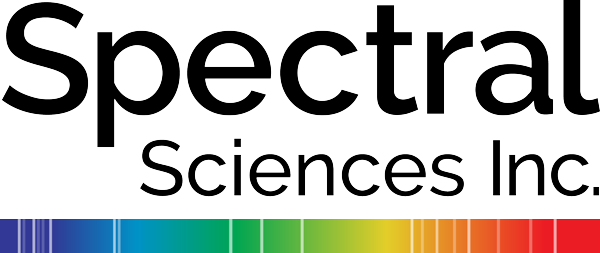We are experts in developing gas flow models that leverage the direct simulation Monte Carlo (DSMC) method in understanding low-pressure, or rarefied, gas flows.
These flows occur when the mean free path, or average distance between molecular collisions, exceeds the characteristic length scales of the gas. This can occur through low pressure and/or small length scales, which is experienced within the space environment, upper atmosphere, and in vacuum chamber conditions. The DSMC method can capture unsteady, rarefied flows with complex geometric representations. For example, the video shows gas molecules from a DSMC simulation through a bell vacuum chamber.
DSMC prediction of gas molecules moving through a vacuum chamber. The chamber walls have a sticking coefficient of 1.
